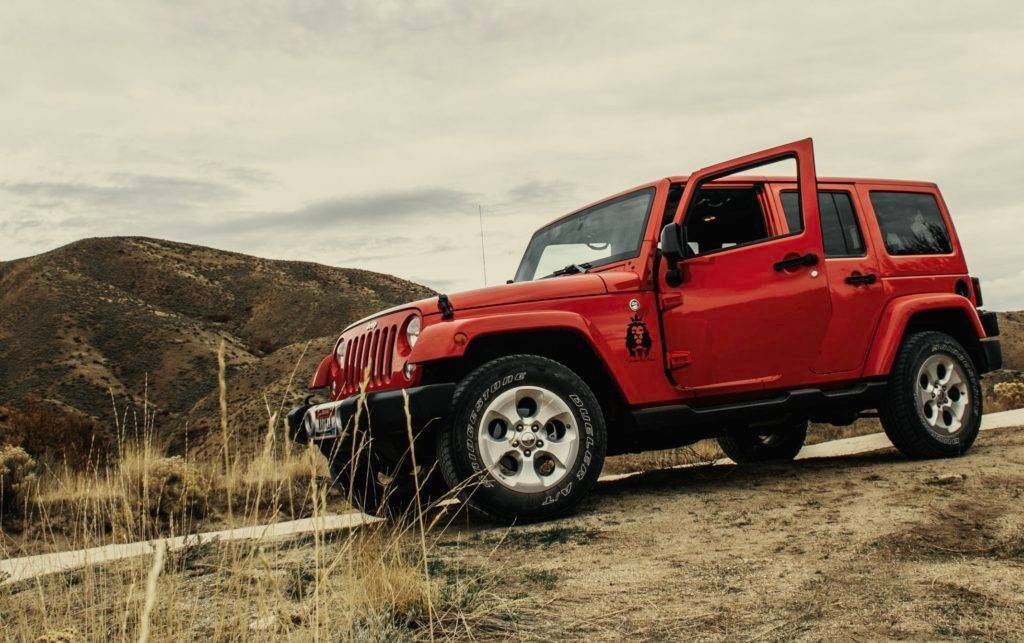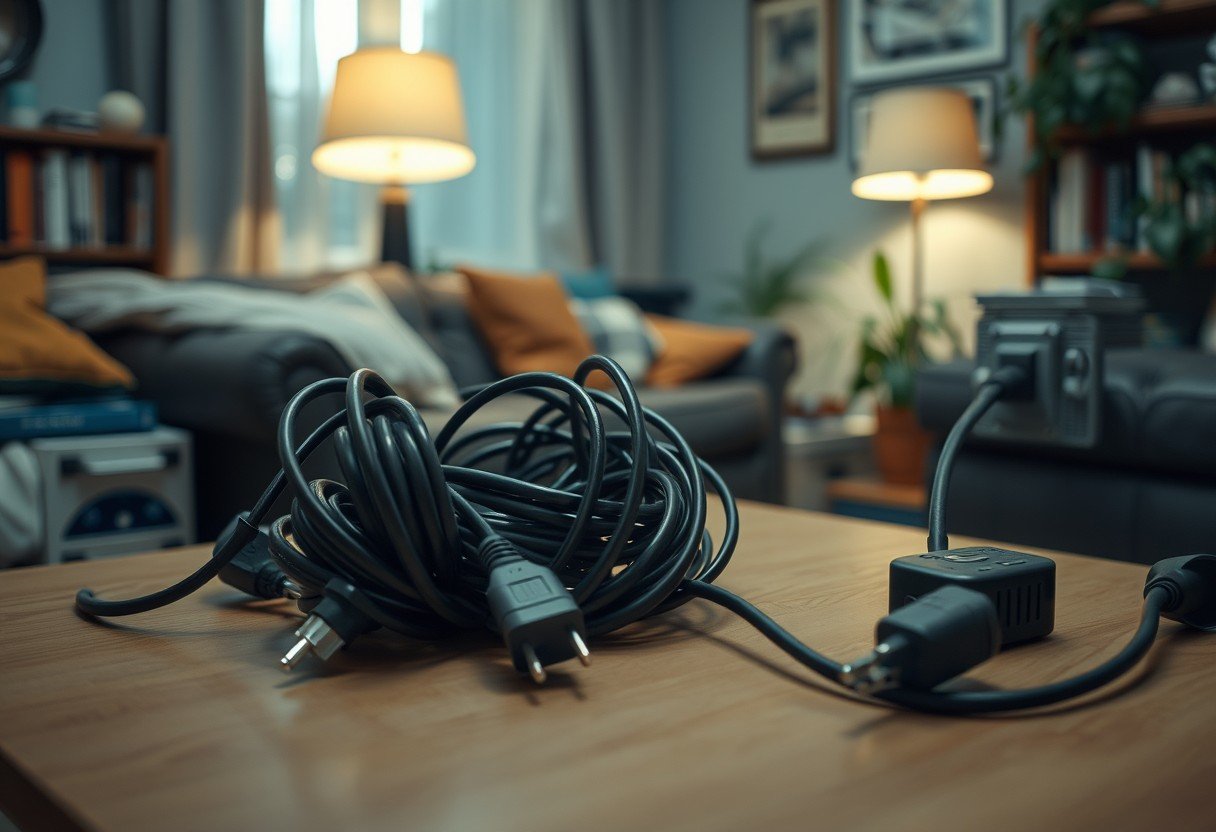Taking your Jeep off the beaten path is an experience like no other. To truly unlock its potential and tailor it to your adventures, a few key upgrades are necessary. Whether you’re a seasoned off-roader or just starting, enhancing your vehicle’s capability, durability, and comfort is crucial. This guide covers the most popular and effective upgrades that will prepare your Jeep for any trail, from mountain scaling to mud running, ensuring you get the most out of your outdoor excursions.
Lift Kits, Wheels, and Tires: The Foundation of Off-Roading
The most impactful change you can make to your Jeep’s off-road performance starts from the ground up. Upgrading your wheels and tires is often the first step for any enthusiast. Larger, more aggressive tires provide better traction on loose surfaces like dirt, mud, and rocks.
However, to fit those bigger tires, you’ll likely need a lift kit. A lift kit raises the vehicle’s body and frame, increasing ground clearance. This extra height is essential for tackling rougher terrain without damaging the undercarriage of your Jeep. It also improves approach and departure angles, allowing you to climb steeper obstacles.
There are many types of lift kits, from simple budget-friendly options to complex long-arm systems for extreme rock crawling. Your choice will depend on your budget and how you plan to use your Jeep.
Enhancing Visibility with Lighting Upgrades
Stock headlights are fine for city streets, but they often fall short on a dark trail. Upgrading your Jeep’s lighting system is a critical safety and performance enhancement for any nighttime or low-light adventures.
LED light bars, spotlights, and fog lights can turn night into day, illuminating obstacles far down the trail. This allows you to see potential hazards like rocks, ruts, or animals well in advance. Many owners add lights to the front bumper, A-pillars, or even the roof for maximum coverage. Modern LED options are not only incredibly bright but also durable and energy-efficient, making them perfect for off-road use.
Body Panels and Tops: Customizing for Protection and Style
Your Jeep’s body is its first line of defense against the elements and trail hazards. Adding or upgrading body panels can provide extra protection while also giving your vehicle a unique look. This includes everything from heavy-duty bumpers to rock sliders that protect your Jeep’s sides from damage.
Another popular customization is changing the top. This allows you to adapt your Jeep to the weather and your personal preference. You have several great choices depending on your model and needs.
- Soft Tops: These are versatile and allow you to quickly go from a fully enclosed cabin to an open-air experience. They are perfect for enjoying a cool breeze on a hot day.
- Hard Tops: Offering more security and insulation, hard tops are ideal for colder climates or for owners who want a quieter ride on the highway.
- Mesh or Bikini Tops: These provide shade from the sun while still allowing for an open-air feel, making them a great compromise for summer adventures.
OEM vs. Aftermarket Parts: What’s the Right Choice for You?
When you start shopping for parts, you will see two main categories: OEM (Original Equipment Manufacturer) and aftermarket. OEM parts are made by Jeep, ensuring a perfect fit and quality consistent with your vehicle’s original build. They are a great choice for restorations or for those who want guaranteed compatibility without any modifications.
Aftermarket parts are made by third-party companies. They often offer higher performance, more variety, and innovative designs that weren’t available when classic models like the Jeep CJ or TJ were first built. While aftermarket parts can provide a significant performance boost, they might sometimes require additional adjustments to fit properly.
Here is a simple breakdown to help you decide:
| Feature | OEM Parts | Aftermarket Parts |
|---|---|---|
| Fitment | Guaranteed perfect fit | May require modification |
| Performance | Matches original specs | Often higher performance |
| Variety | Limited to original options | Vast selection of designs |
| Availability | Available from dealers | Widely available online and in stores |
Staying Cool and Comfortable on the Trail
Off-roading can be a hot and sweaty activity, especially in the summer. Making sure your Jeep is comfortable can make a huge difference in your overall experience. Many classic Jeep models were sold without air conditioning, but you don’t have to suffer through the heat.
The aftermarket offers complete AC kits that can be installed in vintage Jeeps, providing modern comfort. If an AC installation isn’t for you, consider other options. As mentioned earlier, switching to a soft top or a mesh top can let in a natural breeze to keep you cool.
You can even opt for tube doors or go doorless entirely on many models. This not only improves airflow but also enhances visibility on the trail, making it easier to see where your tires are placed.
Frequently Asked Questions
What is the first upgrade I should make to my Jeep for off-roading?
Most experts agree that the best first upgrade is a quality set of all-terrain or mud-terrain tires. Tires are the only part of your Jeep that touches the ground, and a good set will dramatically improve traction and capability on the trail.
Do I need a lift kit to install bigger tires?
Yes, in most cases you will need a lift kit to fit significantly larger tires without them rubbing against the fenders or suspension components. The amount of lift needed depends on the tire size you choose.
Are aftermarket Jeep parts better than OEM parts?
Not necessarily “better,” but different. Aftermarket parts often offer improved performance and more variety, while OEM parts guarantee a perfect fit and original quality. The best choice depends on your specific goals and budget for your Jeep build.
How can I keep my classic Jeep cool without installing an AC unit?
You can improve airflow significantly by using a soft top, bikini top, or mesh top. Removing the doors or installing tube doors is another popular and effective way to enjoy a cooling breeze while you drive.
Are lighting upgrades difficult to install?
Many basic lighting upgrades, like swapping headlight bulbs or adding small pod lights, are relatively easy for a DIY project. However, installing larger light bars or complex wiring systems might be best left to a professional to ensure it’s done safely and correctly.





Leave a Comment